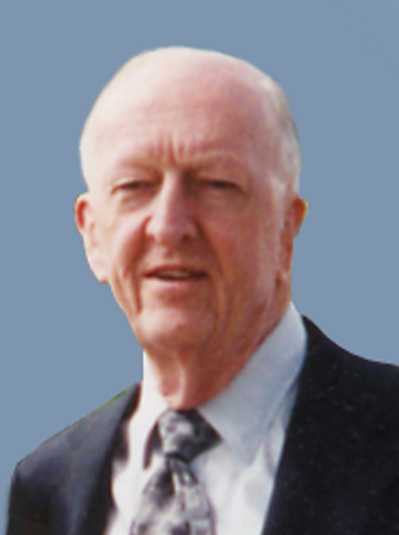- Correcting the Texts: Fundamental Errors in Electromagnetics (2012) [Updated 1 decade ago]
- The Conservation Law (1998) [Updated 1 decade ago]
- The Extended Electron (1998) [Updated 1 decade ago]
- Energy and Charge (1998) [Updated 1 decade ago]
- Kinetic Energy, Momentum and Inertia (1998) [Updated 1 decade ago]
- Cause and Effect in Special Relativity (1993) [Updated 6 years ago]
- The Atom (1993) [Updated 1 decade ago]
- Correcting the Texts: Fundamental Errors in Electromagnetics (2012) [Updated 1 decade ago]
This paper focuses on fundamental errors that have caused much confusion in EM theory and practice for
almost a century. These errors stem partly from a lack of appreciation that the scalar and vector potentials of
classical Maxwell Equations are the fundamental physical entities and not their force related field representations, E and B. Another common source of difficulty related to these Maxwell assumptions is the point approximation of charge sources in lieu of a proper model of their true distributed nature. These deficiencies lead in turn to wrong models for moving particles, incorrect expressions for electric energy density of moving particles, and confusion in the area of energy flow using the standard Poynting theorem. These errors are presented and clarified with a description of the distribution of the scalar potential, leading to consistency with modern day physical measurements, as a suggestion for correcting most physics textbooks. - The Conservation Law (1998) [Updated 1 decade ago]
For more than 150 years, starting with mechanical systems, the fact that certain quantities such as energy, momentum, etc. are constant in physical processes has led to an increasing number of conservation laws. With the advent of quantum physics, new conserved quantities, such as baryon and lepton numbers, have been found. In these new cases, the question of just what is being conserved arises. Moreover, it is clear that the same lack of understanding applies to the "classical" laws, since no one understands what "energy" or "momentum" really are, for example.
Recently, much emphasis has been placed on the related transformation symmetry properties, and the realization that gauge transformation symmetries are the source of certain quantum conservation laws. However, in spite of the insight this approach has provided, in no case has true understanding of "what it is" that is conserved been forthcoming. The following account suggests that, rather than the multiplicity of conservation laws now in use, a single conservation law produces all of the effects now ascribed to the many; and further, the nature of the one quantity that is being conserved is indicated.
- The Extended Electron (1998) [Updated 1 decade ago]
Dishington believes that if there is no picture to illustrate a theory, constructing one and backing it up with a strong, simple-as-possible mathematical representation is the way to get to new technologies in the shortest time. Following is an essay describing particles and charge in terms of simple aether distributions.
- Energy and Charge (1998) [Updated 1 decade ago]
In a previous article, ?The Extended Electron,? (ESJ 23:17-19), Dishington described matter and space in terms of disproportionate distributions of the aether. In the current article, he accounts for energy and charge in terms of distortions of the aether.
- Kinetic Energy, Momentum and Inertia (1998) [Updated 1 decade ago]
Dishington continues his aether theory of the fundamental building blocks of the cosmos. The electron is modeled as a zone of depletion in the aether, bounded by a standing wave. All energy is believed to be derived from distortions of the electron, and is therefore wholly electric in nature.
- Cause and Effect in Special Relativity (1993) [Updated 6 years ago]
- The Atom (1993) [Updated 1 decade ago]


